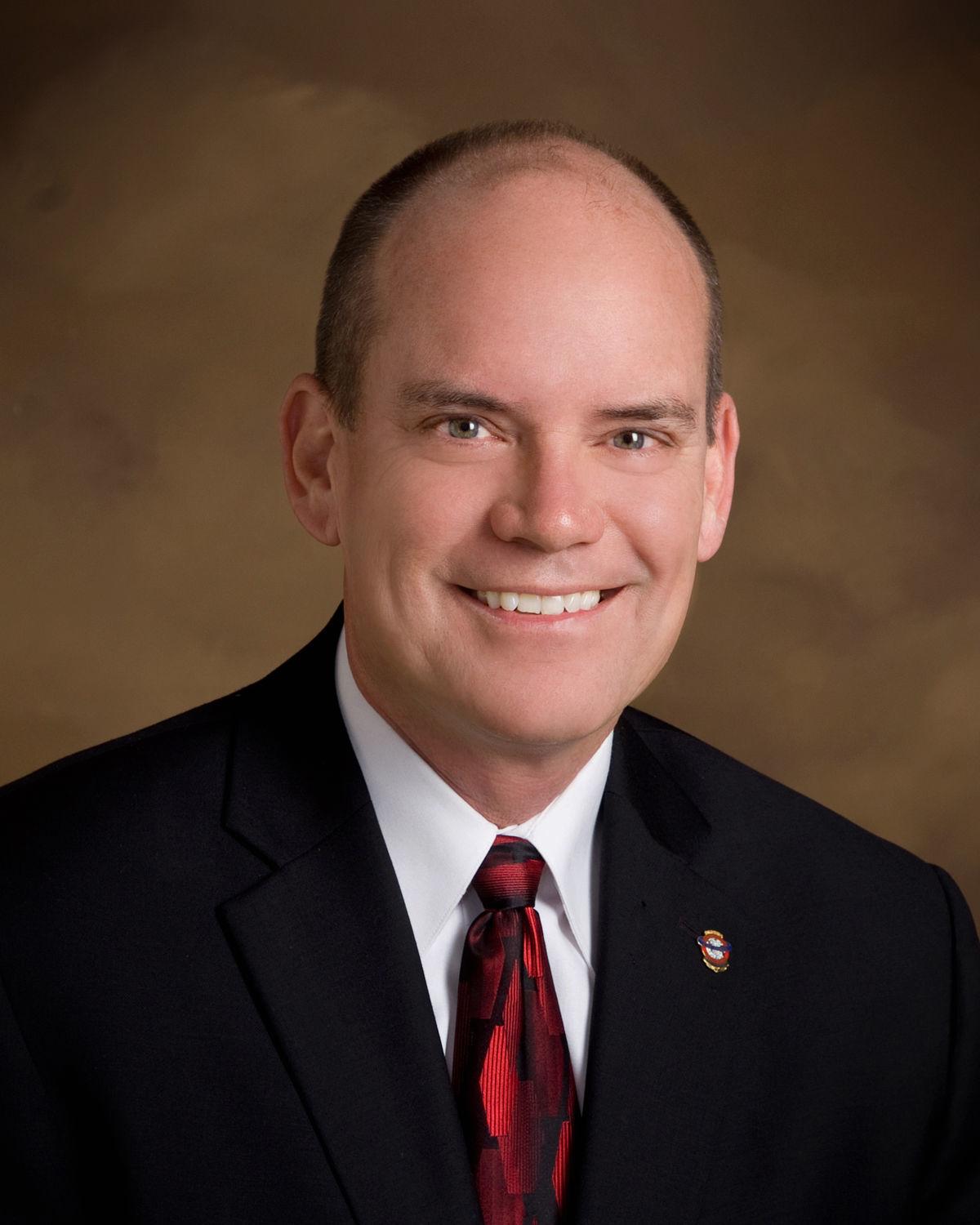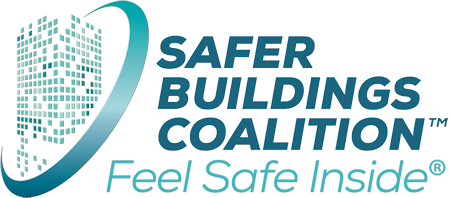From the Chief’s Corner: The Process of Evolving...
Posted on January 20, 2020
Happy New Year to all of you. I hope you are excited about what’s ahead for us here at the Safer Buildings Coalition. It’s hard to believe that it’s already 2020 – it seems like 2019 went by in the blink of an eye.
As you grow older, one of the things you tend to think about more and more are memories. To add to our memory box this year we decided that instead of buying presents we would take the entire family on a cruise right after Christmas. I spend a lot of time in airplanes, so we decided that rather than fly, we would rent a 15-passenger van and drive to the cruise port in South Florida. Most excited about this 800-mile adventure we were about to embark on were my two grandkids who are 5 and 8. But following the initial excitement period, it didn’t take long before most of the folks in the van were asleep.
While driving down the road in this oversized raised-roof 15-passenger vehicle enjoying the early morning sunrise, I couldn’t help but notice the massive size of the windshield, and how small the rear-view mirror was in comparison. That got me thinking about Elmer Berger and Ray Harroun: Two individuals I attribute leadership insights to during some of my leadership presentations.
You see, according to some sources, Berger and Harroun were responsible for the invention of what we know today as the rear-view mirror. In the early years, race car drivers would have what was called a riding mechanic in the car to advise them on what was happening behind them. In the 1911 Inaugural Indy 500, Harroun’s riding mechanic was not there so he decided to affix a piece of mirror to the windshield so that he could see what was going on. As this made his race car lighter than the others, Harroun and his yellow #32 Marmon Wasp went on to win the race. Berger who was an engineer by trade was the first to patent and manufacture the rear-view mirror for use in automobiles. He named his mirror the “Cop-Spotter” and sold it in hardware stores for about $4.00. In other words, it was used to let you know when to drive safe (or slow). Widespread use of them in automobiles began in the late 1920’s.
Now, what exactly do Elmer and Ray have to do with the Safer Buildings Coalition? Well, like the rear-view mirror, in-building emergency responder communications enhancement systems are constantly evolving. Think about the equipment that was used 20-plus years ago compared to today. Think about their limited use, policies, procedures, codes and standards or lack thereof. Think about the limited use versus more widespread use of these types of solutions in today’s world.
When Harroun first strapped that piece of mirror onto his race car, do you think he had all the answers as to what would be needed to make it really work like it needed to? In fact, he claimed that the mirror’s constant vibration due to the rough brick surface rendered it largely useless. But that didn’t stop him and others from trying to make it better. Today, rear-view mirrors come in a variety of shapes and sizes along with various features such as auto dimming, panoramic view, etc.
Likewise, with in-building emergency responder communications enhancement systems there are, and will continue to be, opportunities to improve our solutions along with the codes and standards that regulate them. While “One Size Fits All” may work for some types of clothing, hats, parts and accessories, it does not work in the complex world of in-building emergency responder communications enhancement systems. Case in point: “BDA” refers to a very specific type of equipment, but the term is increasingly used as a broad, generic term. Similar to how “Sheetrock” and “Kleenex” now often refer to drywall and tissues as general product types, rather than the brand names the terms originate from. Moving forward while in discussions, we must remember the context to which we are speaking when defining actual solutions so as not to create confusion in the marketplace.
2020 will provide ample opportunities for the Safer Buildings Coalition to influence the evolution of important codes and standards. Beginning with the first NFPA Technical Committee meeting in two weeks, the Safer Buildings Coalition will weigh in on the shaping of the next edition of NFPA 1225. Likewise, we as a coalition, through the work of our UL 2524 subcommittee, have an opportunity to weigh in on the next version of UL 2524.
Also on our roadmap for 2020: We will provide quality education to both the AHJ and in-building community of practice. An effort which will kick off very soon. Those are just some of the many ambitious projects the Safer Buildings Coalition has planned for this year. As Paul Brandt said: “Don’t tell me the sky is the limit when there are footprints on the moon.”
That windshield on the van is much larger for a very important reason, “You’ll never find your future in the rear-view mirror, so buckle up its going to be a fun ride…”
|
